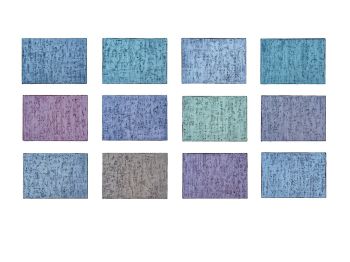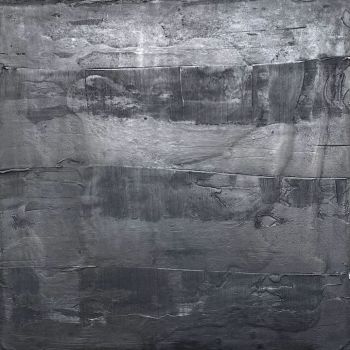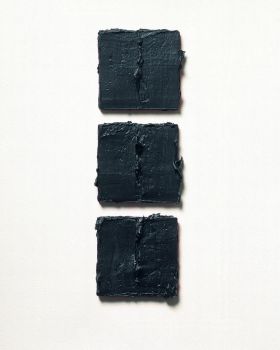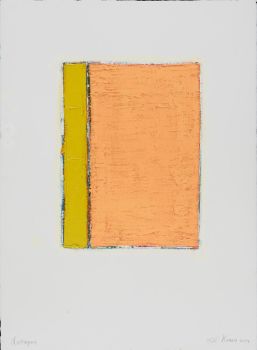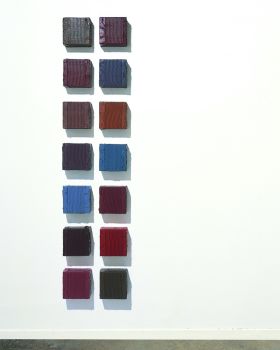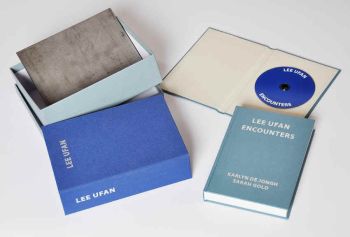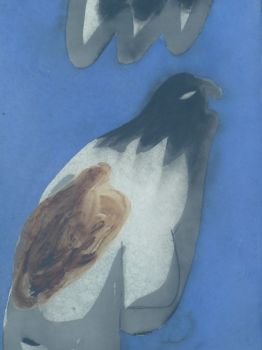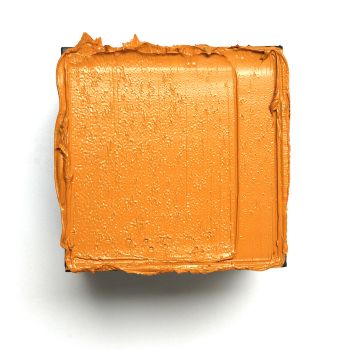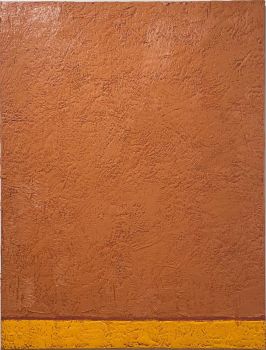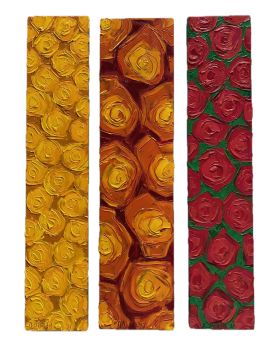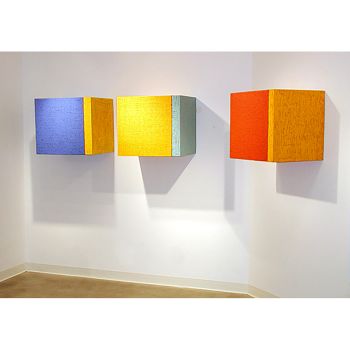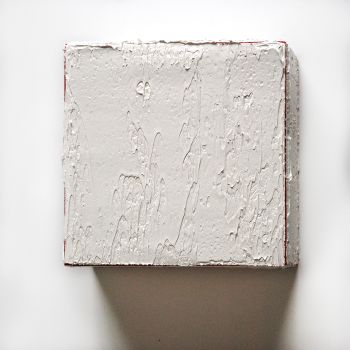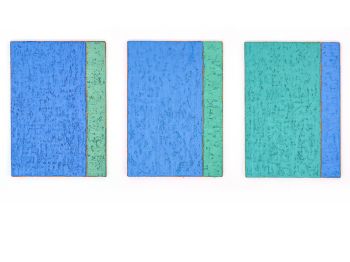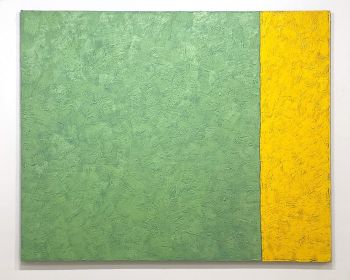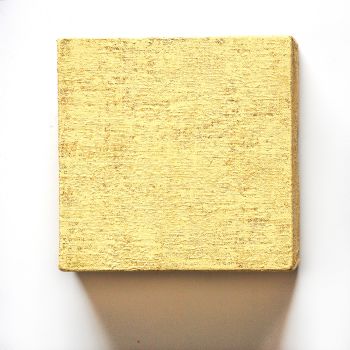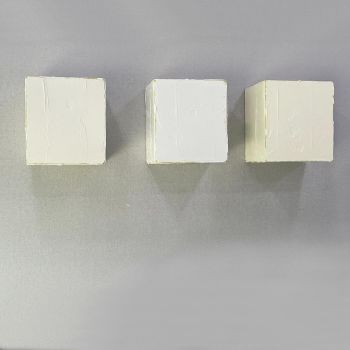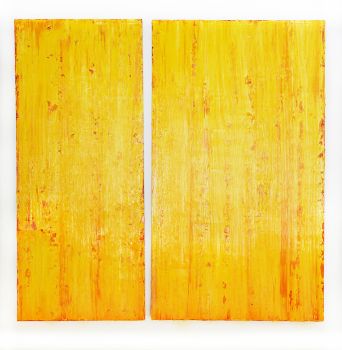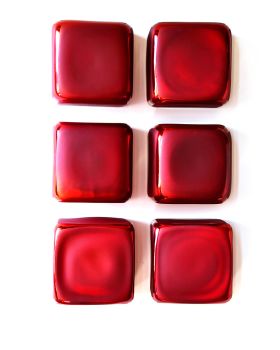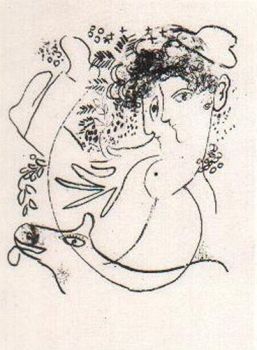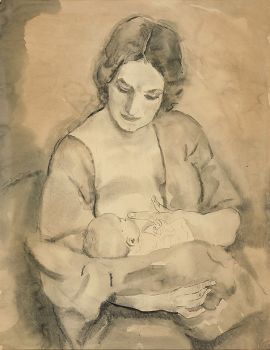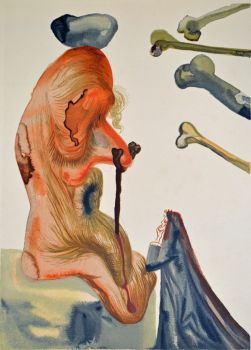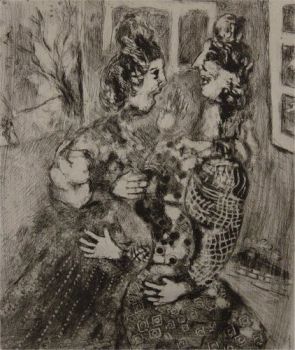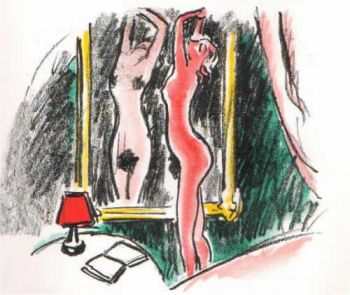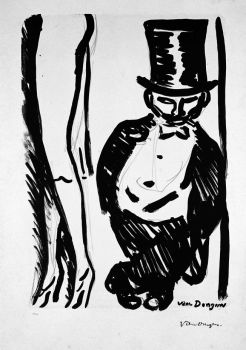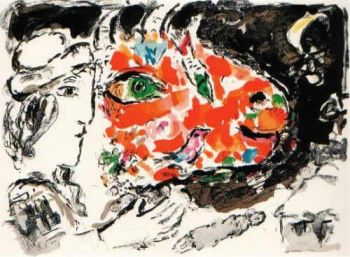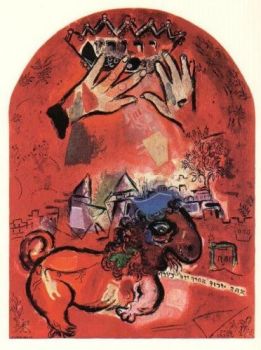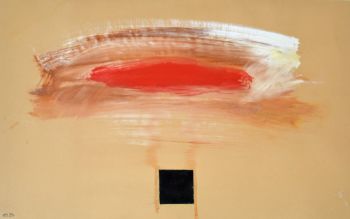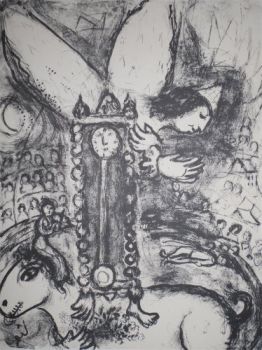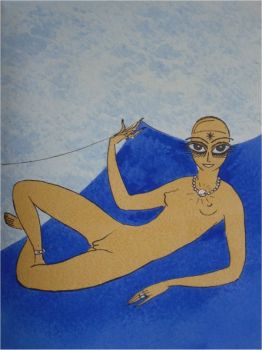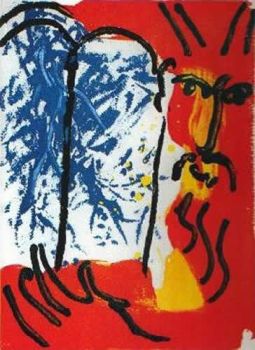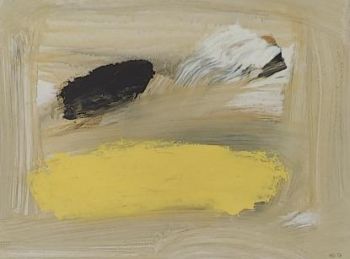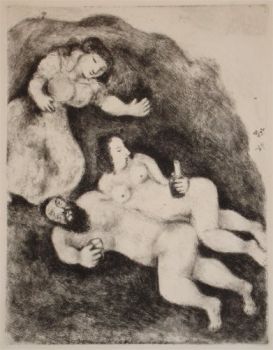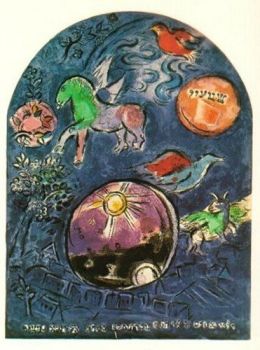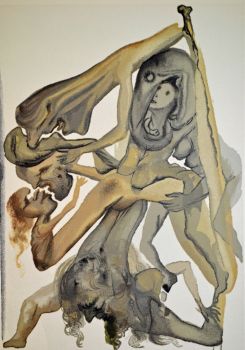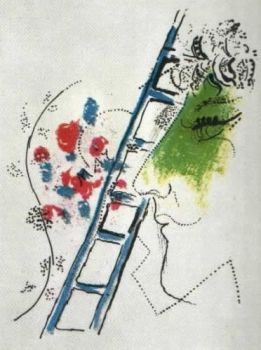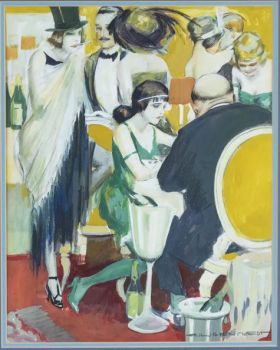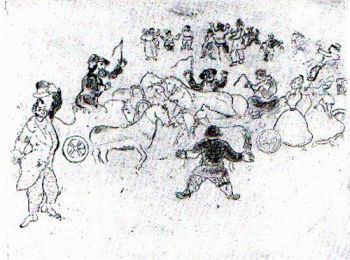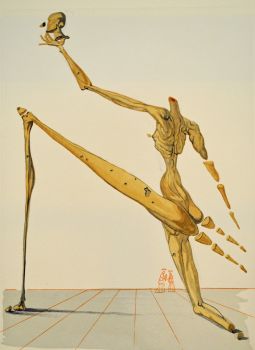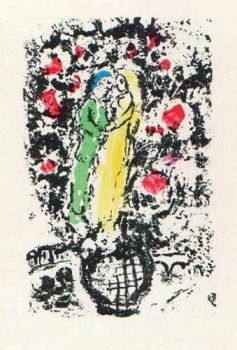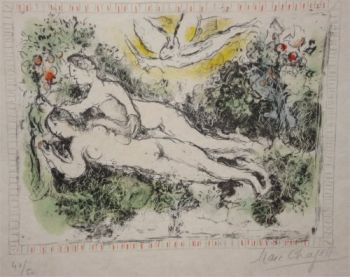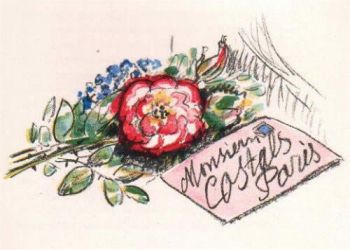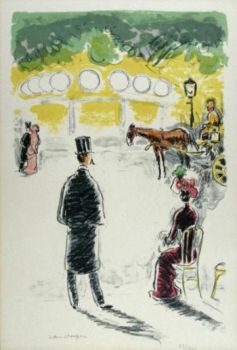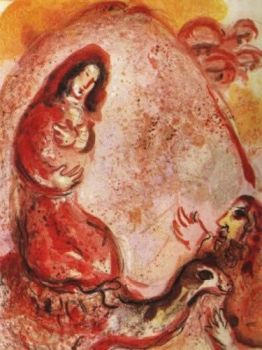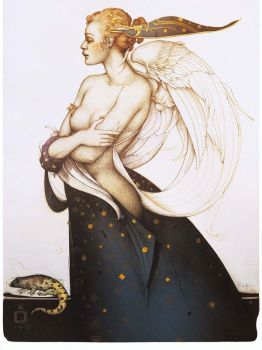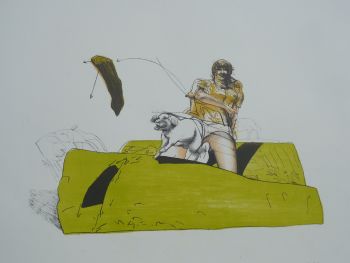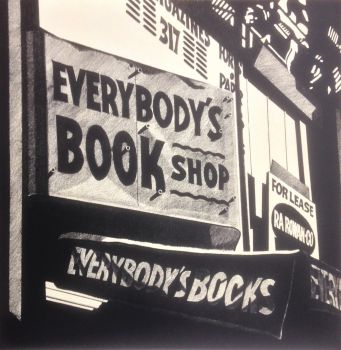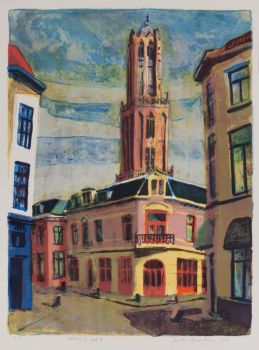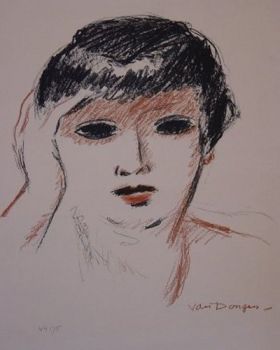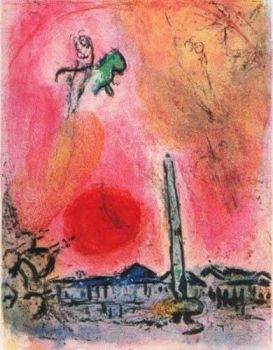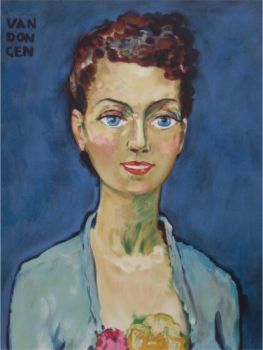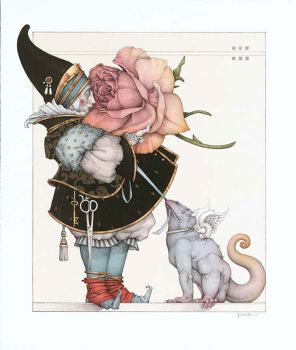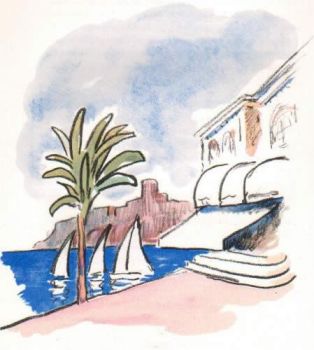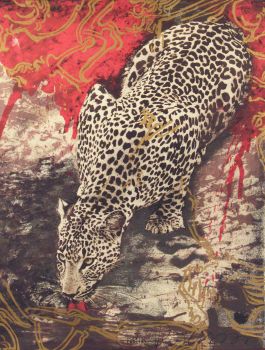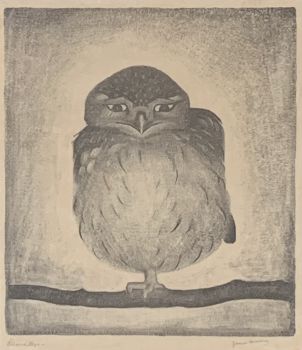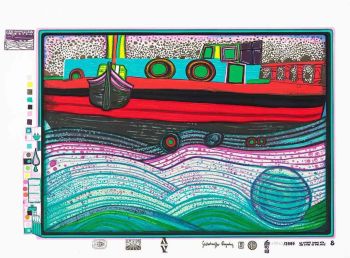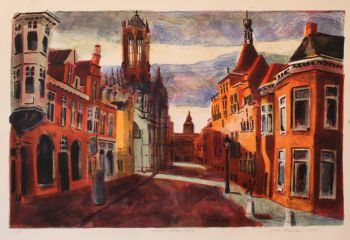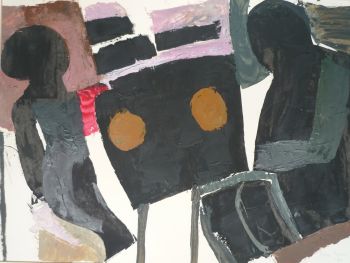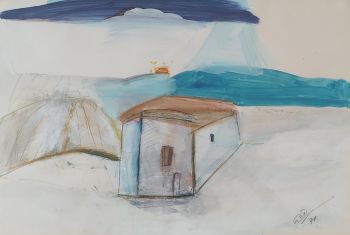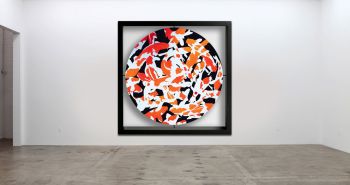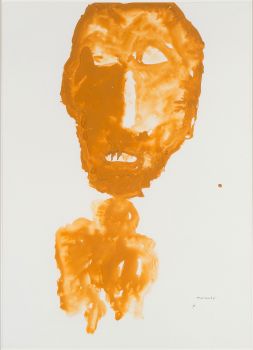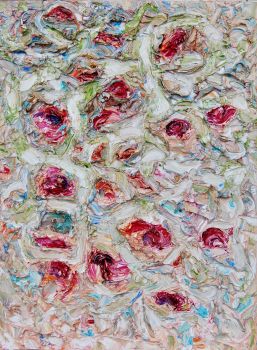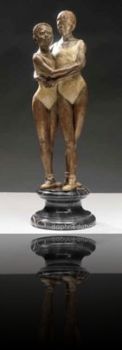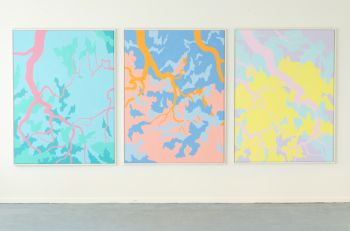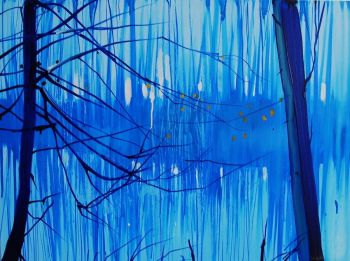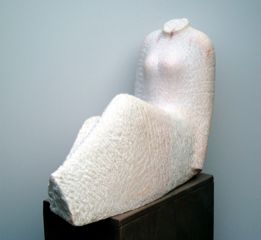'Für Joseph Beuys' 1986
Imi Knoebel
LithographyPrint
80 ⨯ 60 cm
ConditionExcellent
€ 2.750
Galerie Mia Joosten Amsterdam
- About the artwork'Für Joseph Beuys'
Litho in kleur en hardboard op papierr
Oplage 90 + 30 AP
80 x 60 cm
1986
Gesigneerd 'IMI 86'
Gepubliceerd door Galerie Bernd Klüser, Munchen en Edition Schellmann, Munchen/New York.
€ 2.750,- - About the artist
Imi Knoebel (born in Dessau, 1940) considers himself primarily a painter. His work is strongly influenced by greats such as Piet Mondrian and Kazimir Malevich, while artists such as Blinky Palermo and Lucio Fontana also played an important role in his artistic development.
Knoebel uses various painting techniques and means, such as colour, brushstrokes, different supports and processed and unprocessed surfaces. He constructs the frameworks on which his works are stretched himself. At the same time, volume, which is traditionally more associated with sculpture, plays a striking role in his work.
For example, Knoebel presents flat, unprocessed sheets of hardboard and stretcher frames in stacks and spatial compositions. Some of his works are reminiscent of American Minimal Art. Yet Knoebel distinguishes himself from this movement by not striving for anonymity or repetition. Instead, he uses a systematic method to create openness and dynamism. This is particularly evident in his installation Raum 19 (1968, recreated in 1992), inspired by a space he shared with painters Jörg Immendorf and Blinky Palermo at the Düsseldorf Art Academy in the 1960s.
The installation consists of a collection of objects, plinths and stretcher frames that are seemingly randomly arranged. Although the panels and frames refer to the painter's profession, together they form a three-dimensional sculpture. The hardboard remains unpainted, but the shapes are executed with extreme precision. This work, which explores the boundaries between disciplines and interweaves the two-dimensional with the three-dimensional, can be seen as Knoebel's response to the influence of Joseph Beuys, with whom he studied at the Düsseldorf Art Academy.
Are you interested in buying this artwork?
Artwork details
Related artworks
- 1 - 4 / 24
- 1 - 4 / 24
- 1 - 4 / 24
- 1 - 4 / 12


